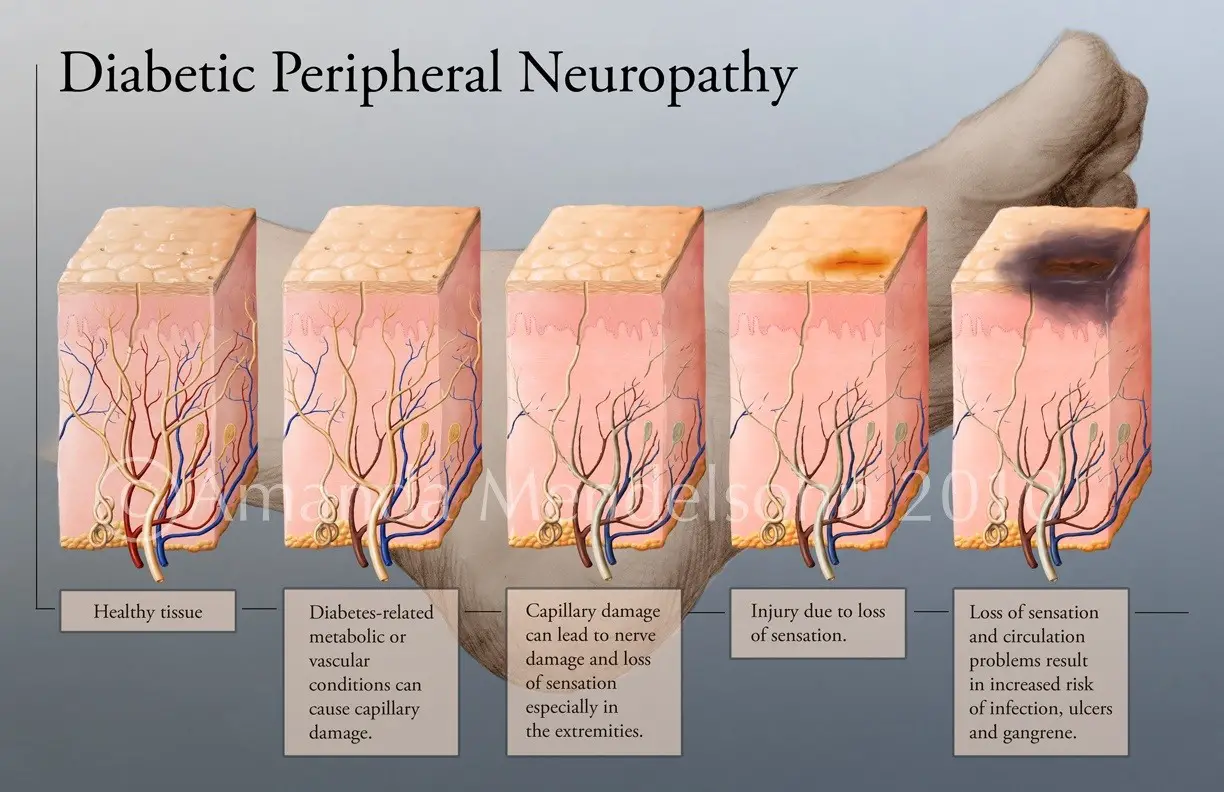Neuropathic pain (NP) is pain caused by somatosensory nervous system injury or disease. Its prominent symptoms are spontaneous pain, hyperalgesia, and allodynia, and the sense of pain is extremely strong. Owing to the complex mechanism, conventional painkillers lack effectiveness. Recently, research on the treatment of NP by stem cells is increasing and promising results have been achieved in preclinical research.
In this review, we briefly introduce the neuropathic pain, the current treatment strategy, and the development of stem cell therapy.
In terms of neuralgia, initially, researchers investigated the ability of stem cells to replace damaged nerve cells and transport nutritional factors to lesion sites; however, more recent research has shown that the effectiveness of stem cells against NP is mainly related to the two-way interaction between stem cells and resident cells in the damaged microenvironment. Stem cells have the potential to block degeneration processes, inhibit apoptosis, and enhance survival/recovery in injured and uninjured nerves. Stem cells play nerve repair roles in both the central nervous system (CNS) and the peripheral nervous system (PNS). They can release a large number of neurotrophic factors, including epidermal growth factor, BDNF, NT-3, CNTF, basic fibroblast growth factor (bFGF/FGF-2), hepatocyte growth factor, and vascular endothelial growth factor (VEGF). At present, a variety of stem cells including bone marrow mesenchymal stem cells (BMSCs), human amniotic fluid-derived mesenchymal stem cells (hAFMSCs), adipose-derived stem cells (ADSCs), and GABAergic intermediate neuron progenitor cells have strong therapeutic potential in the treatment of NP and the results are promising.
Nerve injury causes abnormal neuron excitability, induces nerve fiber degeneration, and changes channel expression and composition, resulting in ectopic discharges. Spontaneous ectopic activity on nerve endings or axons is important for spontaneous pain and is a driving factor for abnormal pain response. Activating transcription factor 3 (ATF3) is a widely used marker of DRG neuronal injury. These results directly demonstrate that stem cell therapy reduces persistent nerve damage. Stem cells not only promote the recovery of peripheral nerve injury but also play the same role in the central nervous system.
Conclusion: Neuropathic pain (NP) exhibits a highly intricate mechanism, making it a challenge to effectively treat with existing first-line clinical medications. Stem cells, due to their reciprocal interaction with resident cells in the damaged microenvironment, have the potential to play various roles. These include peripheral, central, and spinal cord disinhibition, significantly diminishing the manifestation of clinical symptoms such as spontaneous pain, hyperalgesia, and allodynia. We anticipate a comprehensive review and analysis of mechanisms pertaining to stem cell treatment of NP, providing a theoretical foundation for future preclinical and clinical studies. This could significantly enhance the domain of stem cell therapy and pain management.
Diabetic Neuropathy:
Is a type of nerve damage that can occur if you have diabetes. High blood sugar (glucose) can injure nerves throughout your body. Diabetic neuropathy most often damages nerves in your legs and feet.
Depending on the affected nerves, symptoms of diabetic neuropathy can range from pain and numbness in your legs and feet to problems with your digestive system, urinary tract, blood vessels, and heart. Some people with nerve damage due to diabetes have no symptoms.
There are four main types of diabetic neuropathy:
Peripheral neuropathy: This is the most common type and affects the peripheral nerves, typically in the feet, legs, hands, and arms. Symptoms can include numbness or reduced ability to feel pain or temperature changes, tingling or burning sensation, sharp pains or cramps, increased sensitivity to touch.
Autonomic neuropathy: This type affects the autonomic nerves that control the heart, bladder, stomach, intestines, sex organs, and eyes. Symptoms can include hypoglycemia unawareness, bladder problems, constipation, gastroparesis, and erectile dysfunction among others.
Proximal neuropathy: This type involves nerve damage leading to pain in the hips, thighs, or buttocks and leads to weakness in the legs.
Focal neuropathy: This involves damage to specific nerves, most often in the head, torso, or leg, causing muscle weakness or pain.
*Maintaining blood sugar levels can help prevent further nerve damage. Other treatments aim to reduce and manage symptoms. Pain relievers, anti-seizure medications, and medications to treat urinary tract problems, digestive issues, or depression may be helpful.
How Diabetic Neuropathy Is Currently Treated:
Current Treatment of Diabetic Neuropathy Involves Several Aspects:
-
Blood sugar control: The primary treatment for diabetic neuropathy is to bring blood sugar within a normal range to help prevent further nerve damage. Blood sugar management is typically done through a combination of dietary changes, physical activity, weight management, and use of medications or insulin as needed.
-
Pain management: Over-the-counter pain medications like nonsteroidal anti-inflammatory drugs (NSAIDs) can relieve mild symptoms. For more severe symptoms, doctors might prescribe anti-seizure medications like gabapentin (Neurontin) and pregabalin (Lyrica), or certain types of antidepressants such as duloxetine (Cymbalta) and amitriptyline. The use of these medications for diabetic neuropathy pain management is off-label (meaning the medication is FDA-approved, but for a different condition).
-
Topical treatments: Capsaicin cream, which is derived from chili peppers, or lidocaine patches can be used to provide topical relief from nerve pain.
-
Therapies: Physical therapy can help improve muscle strength, while therapies like transcutaneous electrical nerve stimulation (TENS) might help reduce pain.
-
Treatments for complications: Autonomic neuropathy resulting from diabetes can lead to a variety of complications like urinary and digestive issues, which might require specific treatments or medications.
-
Lifestyle modifications: Regular exercise, quitting smoking, healthy diet, and foot care are particularly important for people with diabetic neuropathy to avoid complications.
Given the complexity and potential severity of diabetic neuropathy, it is essential that those who have it, or suspect they might, consult with a healthcare provider to discuss treatment options.



